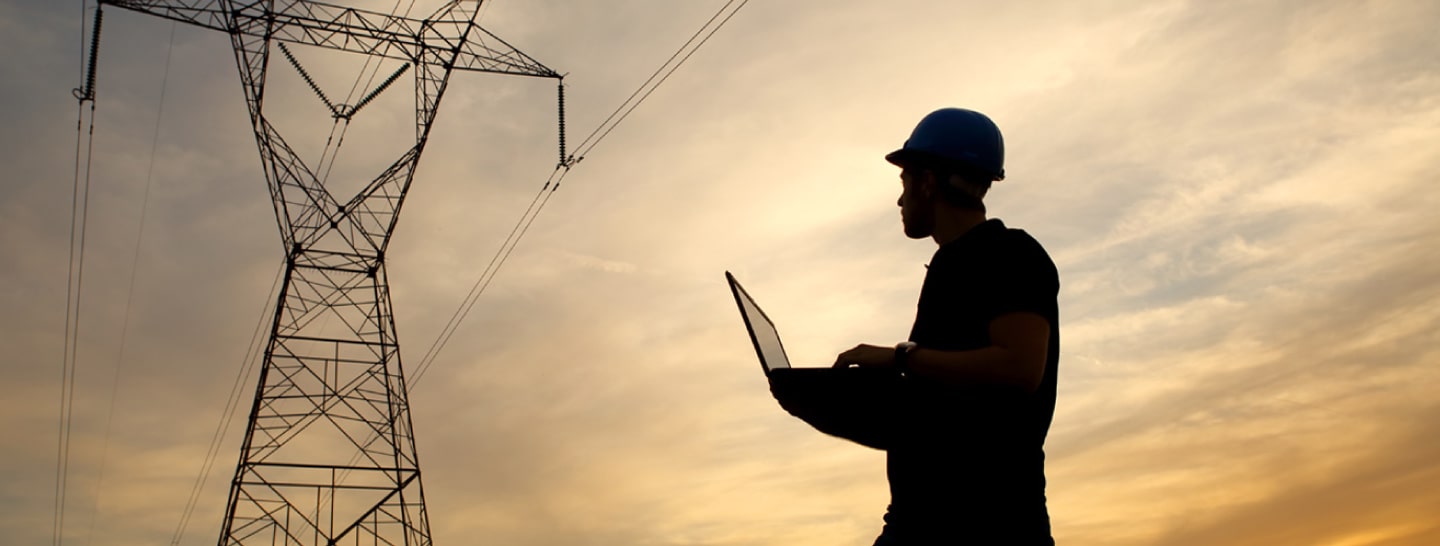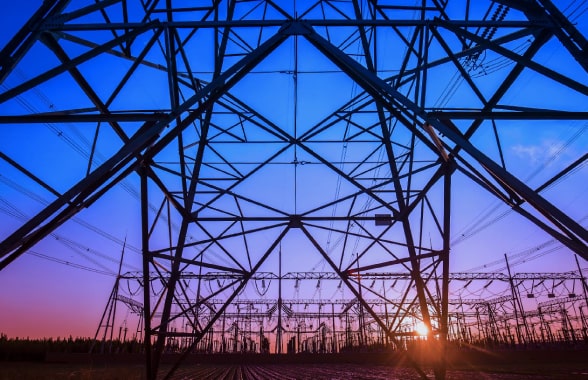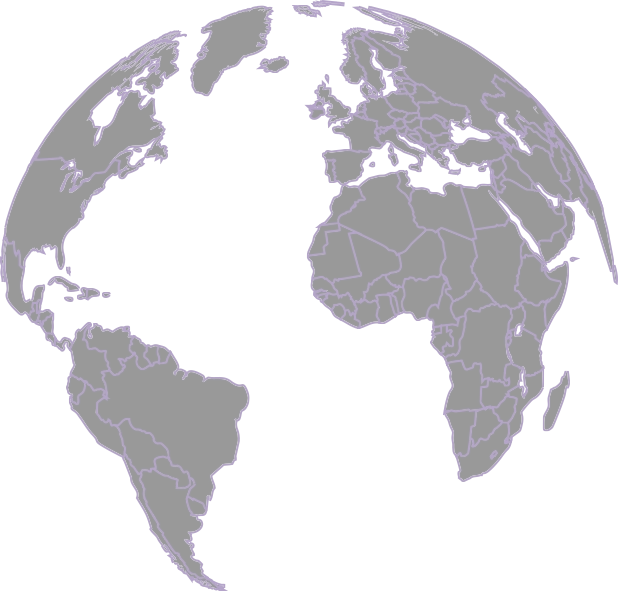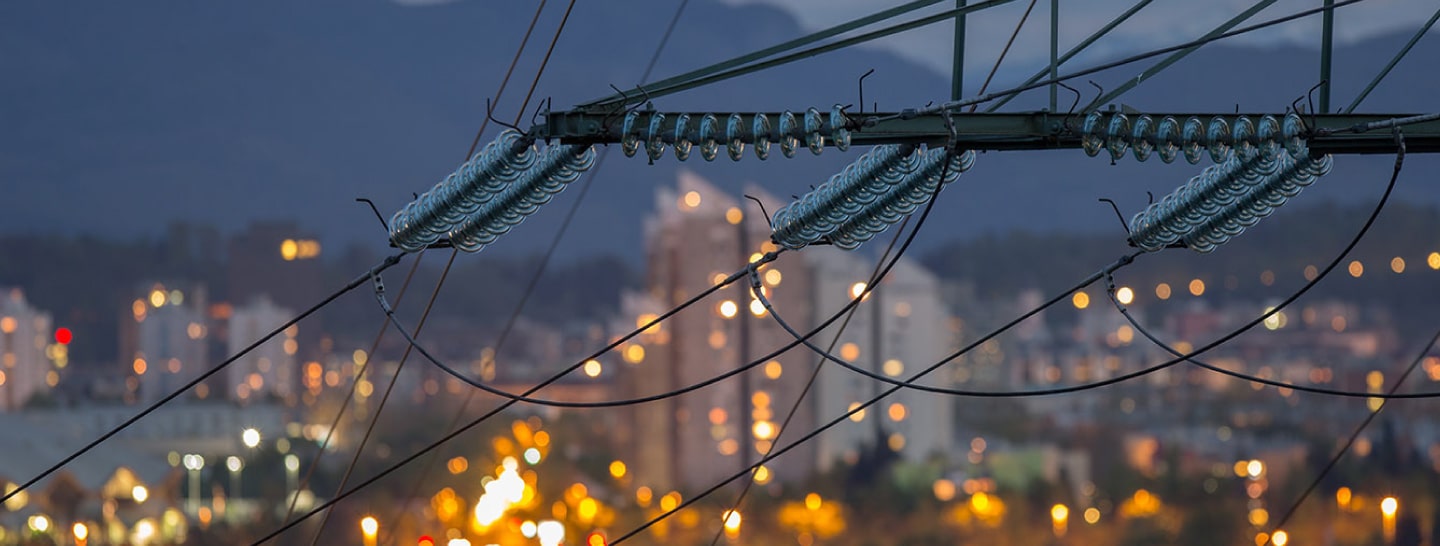
Demand Response: a Safety Net
The weaknesses of the energy system revealed by the emergency underscored the need for a reliable and cost-efficient back-up supply of power to the grid. Businesses that participate in Demand Response (DR) programs can play a vital role in keeping the system secure and stable. Demand Response works through third-party aggregators such as Enel X, which supply their customers’ combined energy load to the Australian Energy Market Operator (AEMO) when the grid needs more supply. This happened on several occasions between December last year and this February, and we expect further requests this summer.

Grid Under Pressure
Temperatures in excess of 40 degrees Celsius across the nation put extreme pressure on the grid. In December as temperatures soared, generators were offline and many households used their air conditioning, the power transmission lines came under threat. Reduced input from wind and solar farms during the peak evening period also added to the stress on the grid. Demand Response helped to reduce this pressure. An important element the energy network operator has to manage is frequency.
Electricity grids operate at a constant frequency: in Australia that’s 50 Hertz, or 50 cycles per second. The frequency drops when demand outstrips supply, and rises when the reverse is true. Even a one-percent variation in frequency can damage equipment and infrastructure, and therefore must be controlled.
Enel X Demand Response Clients Step Up
The crisis forced the operator to tap the national energy reserve mechanism, which can only be used in an emergency. For three days starting on January 30, a combination of high energy demand and other conditions including bushfires, heat, smoke, wind and storms left the transmission lines vulnerable with a shortage of supply.
Enel X played its part when Demand Response was called on for support, providing 30 megawatts to the grid and helping to reduce the length and severity of the emergency. By powering down for up to four hours, Enel X’s commercial and industrial clients helped meet AEMO’s requests for a reduction in demand.
Resilience After a Storm

After storms damaged six transmission towers in western Victoria the main transmission line between Victoria and New South Wales tripped, resulting in a loss of supply into Victoria. AEMO issued a “Lack of Reserve level 2” notice to the market. Seventy sites responded to AEMO’s call by powering down as much as possible in the early evening. As well, the grid’s frequency had dropped. AEMO called on frequency control providers such as Enel X to help stabilize the frequency and avoid widespread blackouts. That same day, large parts of Victoria and New South Wales that were already dealing with bushfires also experienced extreme temperatures, which caused price spikes during the late afternoon and evening when household demand peaked. Demand Response helps to put downwards pressure on electricity pricing.
Together to Support Australia’s Power Grid
Businesses that responded to the grid emergencies included cold storage facilities, water utilities, data centers and industrial gas processors. They helped to reduce pressure on generators that were already operating at near-maximum output as they struggled to meet demand. Companies ranging from agribusinesses to hospitals, from shopping centers to industrial manufacturers can potentially take advantage of Demand Response programs. It’s likely there will be more Demand Response required before summer is over as he damage to transmission towers in Victoria will take weeks to repair.
While they are being brought back into service, Demand Response will be available to support grid security and resilience, providing a quicker and cheaper alternative to new generation capacity. Across Australia and New Zealand, Enel X manages about 400 MW of customers’ energy load to provide relief to the grid and energy market in response to very high demand or energy price surges. In a 2019 report, Bloomberg New Energy Finance cited Enel X as Australia’s largest virtual power provider.







